Hindu Mythology: A Tapestry of Divine Multiplicity and the Nature of Self
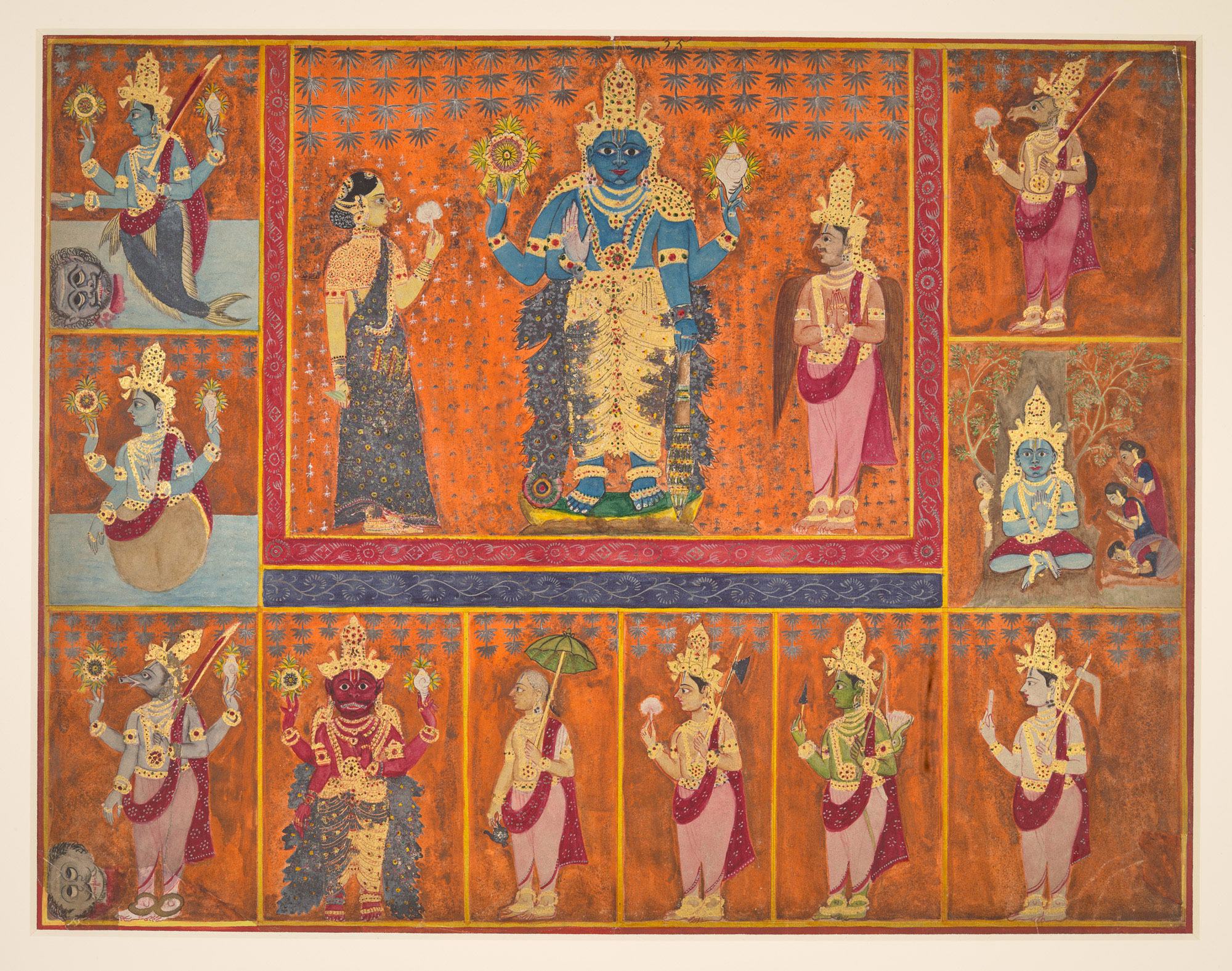
Chapter 11, Verses 30-33:
30. “I am time, the great destroyer of the worlds, and I have come here to destroy all people. With the exception of you [the Pandavas], all the soldiers here on both sides will be slain.
31. Therefore, you should perform your duty in battle. I have already determined that these soldiers will die. Do not be disturbed by this.
32. You are merely an instrument of my divine plan, so fight without attachment to the results. Arjuna, be free from doubt, and act.”
In this passage, Krishna reveals his true form to Arjuna, emphasizing the inevitability of destruction and the cosmic order. The message conveys that all beings are subject to time and death, urging Arjuna to fulfill his duty as a warrior without attachment or fear, as the outcome is already determined.
-Bhagavad Gita, Chapter 11, verses 30-33
Hindu mythology serves as an intricate framework that reflects the complex nature of the self, offering profound insights into human psychology. At the heart of this mythology is a diverse pantheon of gods and goddesses, each representing unique aspects of existence and the myriad experiences that define human life. This intricate system resonates deeply with the perspectives of influential psychologists like Carl Jung and Robert Moore, who found in Hinduism a more nuanced understanding of identity and the psyche.
J.F. Bierlein, in his seminal work The Book of Myth, emphasizes the distinct function of Hindu deities, likening them to the saints in Catholicism. Each god serves a specific role, allowing individuals to seek assistance or intercession in various aspects of their lives. This multifaceted approach provides a psychological framework that encourages personal exploration and the acknowledgment of one’s inner complexities. Moreover, this polytheistic structure fosters an understanding that while we all originate from a single source, such as the concept of Brahman in Hindu philosophy, we possess multiple identities and facets within ourselves.
Bierlein’s exploration extends to the transformational potential of these deities, offering a means of connecting with different aspects of the self. As he notes, “The gods are not merely distant figures in the heavens; they embody the diverse expressions of human experience.” This perspective aligns with Jung’s emphasis on archetypes, which represent universal symbols found in myths across cultures. Jung believed that engaging with these archetypes could facilitate self-discovery and healing. Similarly, Robert Moore’s work on masculinity underscores the significance of embracing different aspects of one’s identity, as seen in the various deities representing distinct qualities within the Hindu tradition.
Additionally, the Bhagavad Gita, dialogue between Prince Arjuna and Lord Krishna, the complexities of identity, moral dilemmas, and the path to self-realization are explored. The Gita illustrates how one can navigate the multifaceted nature of existence by understanding the divine connection that permeates all aspects of life.
Hindu mythology’s portrayal of the divine as both personal and transcendent creates a rich tapestry for understanding the self. Each deity represents a different facet of human experience, from creation to destruction, love to wisdom. This multiplicity mirrors the internal struggles and contradictions that individuals often face, making Hindu mythology a valuable resource for therapeutic exploration. By recognizing the divine within themselves and embracing the complexities of their identities, individuals can foster a deeper understanding of their experiences and ultimately find greater harmony within.
Mythology Series
The Role of Myth in Therapy
The therapeutic applications of Hindu mythology extend beyond mere symbolism; they serve as a vehicle for self-exploration and personal transformation. Therapists often draw upon mythological narratives to facilitate discussions about identity, conflict, and personal growth. The stories of deities navigating moral dilemmas, facing adversities, and achieving enlightenment resonate deeply with clients, allowing them to relate their own experiences to these timeless themes.
For instance, Arjuna’s conflict in the Bhagavad Gita, where he grapples with his duty as a warrior against the backdrop of familial loyalties, can serve as a powerful metaphor for individuals facing moral or ethical dilemmas in their own lives. By exploring these narratives, individuals can gain insights into their struggles, fostering a sense of clarity and purpose in their decision-making processes.
Multiplicity of the Self
The multiplicity of gods within Hindu mythology also reflects the complexity of human identity. Just as individuals may embody different aspects of themselves—such as the caregiver, the warrior, the lover, and the scholar—Hindu deities illustrate the diverse qualities that can exist within one’s personality. This understanding aligns with modern psychological concepts of the self, which recognize that identity is not monolithic but rather a collection of experiences, traits, and roles that evolve over time.
Jung’s concept of the anima and animus—the inner feminine and masculine aspects within individuals—parallels the idea of recognizing and integrating different aspects of the self as represented by various deities. This recognition can lead to greater self-acceptance and wholeness, essential components of psychological well-being.
Interpersonal Relationships and Divine Models
Hindu mythology also emphasizes the importance of relationships, both divine and human. The interactions between gods and their devotees, as well as among the deities themselves, provide rich insights into the dynamics of interpersonal relationships. These narratives often serve as models for understanding love, loyalty, conflict, and reconciliation, themes that are crucial in therapeutic settings.
For example, the relationship between Rama and Sita in the Ramayana illustrates ideals of love, fidelity, and sacrifice, while also addressing themes of separation and reunion. Such stories can resonate with individuals seeking to understand their relational patterns and foster healthier connections with others. Therapists can utilize these narratives to help clients reflect on their relationships and identify areas for growth and healing.
The Therapeutic Potential of Hindu Practices
In addition to the rich narratives found in Hindu mythology, the practices associated with Hinduism—such as meditation, yoga, and rituals—offer profound therapeutic benefits. These practices facilitate self-awareness, emotional regulation, and a sense of connection to something greater than oneself. The integration of such practices into therapeutic modalities can enhance the therapeutic process, allowing individuals to cultivate mindfulness and presence.
Moreover, the concept of dharma, or one’s duty and purpose, is central to Hindu philosophy and provides a framework for individuals to explore their own values and life paths. Engaging with one’s dharma can lead to increased fulfillment and a deeper understanding of one’s role in the world, further contributing to psychological well-being.
The Gods of Hindu Mythology and Their Psychological Implications
Brahma
Brahma, the creator god, represents the potential for new beginnings and creativity. His role in the cosmic cycle highlights the importance of creation in both the universe and the self.
Therapeutic Uses: In therapy, Brahma can symbolize the creative aspect of self, encouraging individuals to explore their potential and engage in self-discovery and personal growth.
Equivalents in Other Pantheons:
- Genesis (Judeo-Christian)
- Ptah (Egyptian)
Vishnu
Vishnu, often considered the preserver of the universe, embodies balance and harmony. His many avatars, such as Rama and Krishna, reflect various aspects of life and human behavior.
Therapeutic Uses: Vishnu can represent the aspect of self that seeks equilibrium in life’s chaos, guiding individuals to restore balance and harmony in their personal narratives. His presence encourages the exploration of one’s inner strengths and resources.
Equivalents in Other Pantheons:
- Zeus (Greek)
- Ahura Mazda (Zoroastrian)
Shiva
Shiva, the god of destruction and transformation, symbolizes the cyclical nature of life, death, and rebirth. His duality reflects the necessity of destruction for regeneration and growth.
Therapeutic Uses: In therapy, Shiva can represent the transformative self, helping individuals navigate periods of change and transition. He encourages embracing the shadows within oneself to facilitate personal growth and renewal.
Equivalents in Other Pantheons:
- Hades (Greek)
- Osiris (Egyptian)
Saraswati
Saraswati, the goddess of knowledge, music, and art, embodies wisdom and learning. She symbolizes the importance of education and self-expression.
Therapeutic Uses: Saraswati can represent the intellectual aspect of self, encouraging individuals to pursue knowledge, creativity, and self-discovery through art and expression.
Equivalents in Other Pantheons:
- Athena (Greek)
- Thoth (Egyptian)
Lakshmi
Lakshmi, the goddess of wealth, fortune, and prosperity, symbolizes abundance and well-being. She represents not only material wealth but also spiritual richness.
Therapeutic Uses: In therapy, Lakshmi can reflect the aspect of self that seeks fulfillment and abundance, guiding individuals to recognize their inherent worth and attract positivity into their lives.
Equivalents in Other Pantheons:
- Fortuna (Roman)
- Freya (Norse)
Durga
Durga, the fierce warrior goddess, embodies strength, protection, and the fight against evil. She represents empowerment and the warrior spirit within.
Therapeutic Uses: Durga can symbolize the self’s capacity for resilience and empowerment, encouraging individuals to confront their fears and challenges with courage and determination.
Equivalents in Other Pantheons:
- Artemis (Greek)
- Sekhmet (Egyptian)
The Psychological Significance of Hindu Deities
The Hindu pantheon illustrates a profound understanding of the multiplicities within the self, resonating with the ideas of psychologists like Carl Jung and Robert Moore. Jung emphasized the importance of archetypes in understanding human behavior, and the diverse representations of the Hindu gods serve as archetypes for various aspects of the psyche. Each god embodies different characteristics, emotions, and life experiences, allowing individuals to identify and engage with their internal conflicts and desires.
Moreover, this framework aligns with Moore’s perspectives on masculinity and the self. The acknowledgment of distinct divine personas fosters a sense of multiplicity, allowing individuals to explore different facets of their identity without fear of fragmentation. Just as Hindus may pray to different deities for specific needs, individuals can engage with various aspects of themselves in therapy, addressing the complexities of their experiences and emotions.
Conclusion
Hindu mythology offers a rich resource for understanding the nature of the self through its diverse pantheon of gods and goddesses. The interconnectedness of these deities mirrors the human experience, emphasizing that while we are fundamentally one being, we encompass various aspects of identity that shape our lives. This multiplicity has profound implications for therapy, as it encourages individuals to explore their inner landscapes and embrace their complexities. By recognizing the divine within ourselves and the myriad expressions of identity, we can foster a deeper understanding of our experiences and ultimately find greater harmony within.
Bibliography & Further Reading on Hindu Mythology
- Flood, Gavin. An Introduction to Hinduism. Cambridge University Press, 1996.
- This comprehensive introduction explores the historical and cultural dimensions of Hinduism, including its mythology and its implications for understanding the self.
- Eliade, Mircea. A History of Religious Ideas: Volume 1: From the Stone Age to the Eleusinian Mysteries. University of Chicago Press, 1987.
- Eliade’s work provides context for understanding the development of religious ideas, including those found in Hindu mythology.
- Bierlein, J.F. The Book of Myth: Tales from Around the World. HarperCollins, 1994.
- This anthology explores various myths from different cultures, including Hindu mythology, emphasizing their psychological and cultural significance.
- Clooney, Francis X. The Future of Hindu-Christian Studies: A Philosophical Perspective. Palgrave Macmillan, 2014.
- Clooney discusses the interplay between Hinduism and other religious traditions, offering insights into the psychological dimensions of myth.
- Narasimhan, K.R. The Philosophy of the Upanishads. Vision Books, 1991.
- This book delves into the philosophical underpinnings of Hindu thought, exploring the relationship between the individual self and the universal.
- Moore, Robert. King, Warrior, Magician, Lover: Rediscovering the Archetypes of the Mature Masculine. HarperOne, 1990.
- Moore’s work highlights the importance of archetypes in understanding the male psyche, drawing parallels with the multifaceted nature of Hindu deities.
- Ramakrishna, Swami. The Gospel of Sri Ramakrishna. Advaita Ashrama, 1942.
- This text presents the teachings of Sri Ramakrishna, emphasizing the unity of all religions and the psychological implications of Hindu mythology.
- Sharma, Arvind. Hinduism and the Challenge of Modernity. State University of New York Press, 2001.
- Sharma explores the challenges Hinduism faces in the modern world, including the psychological implications of its mythology.
- Thurman, Robert. The Tibetan Book of the Dead: The Great Liberation Through Hearing in the Bardo. Penguin Books, 1994.
- While focused on Tibetan Buddhism, Thurman’s work draws connections to Hindu thought and the psychological aspects of myth.
- Panda, Bijay Kumar. Hindu Mythology: A Brief Introduction. Creative Books, 2011.
- This introduction provides an overview of Hindu mythology, focusing on its characters and their psychological significance.



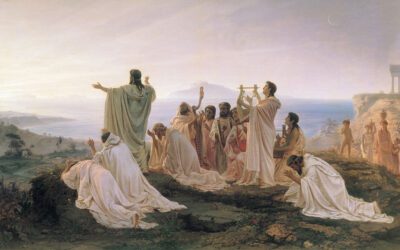
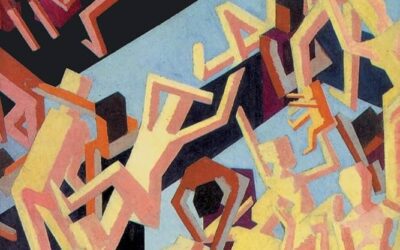
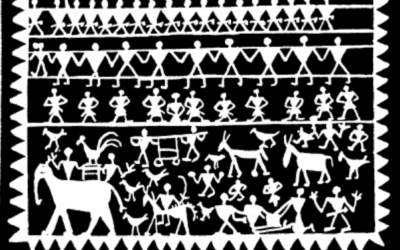










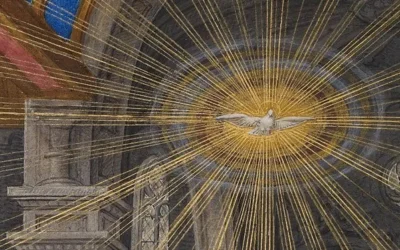









0 Comments